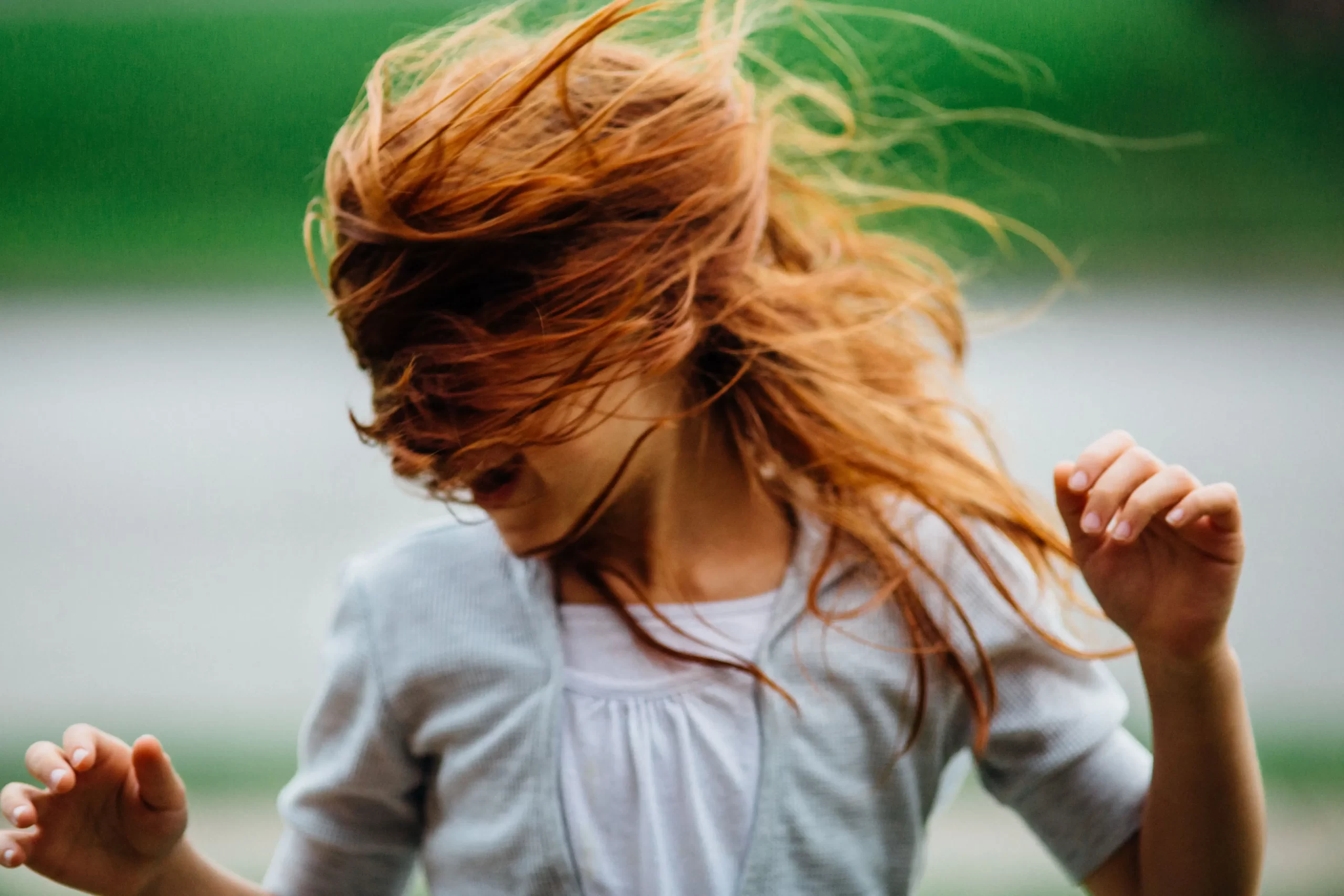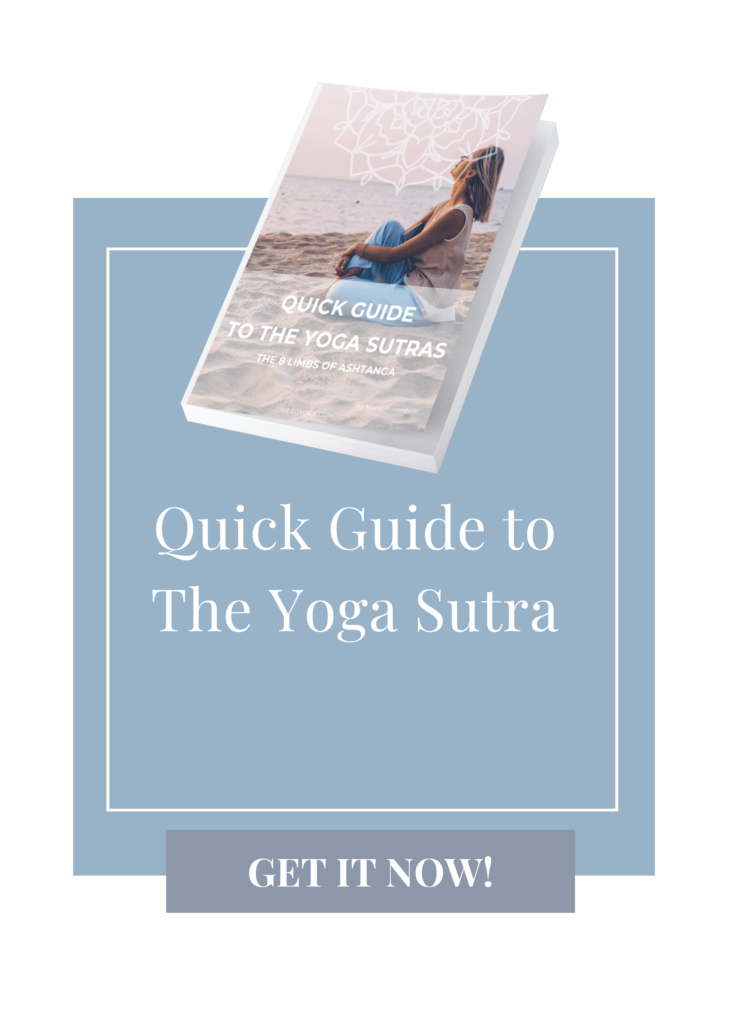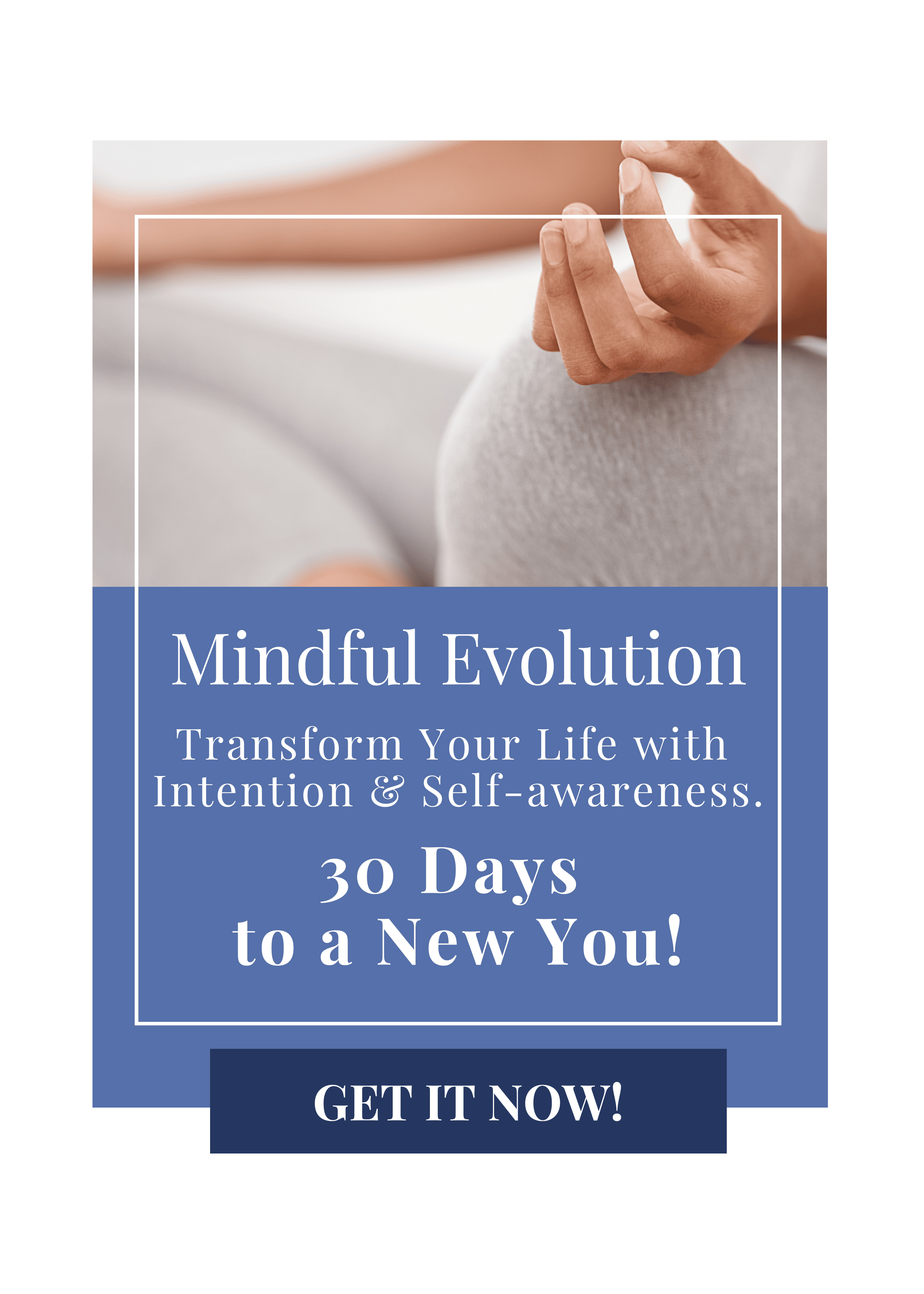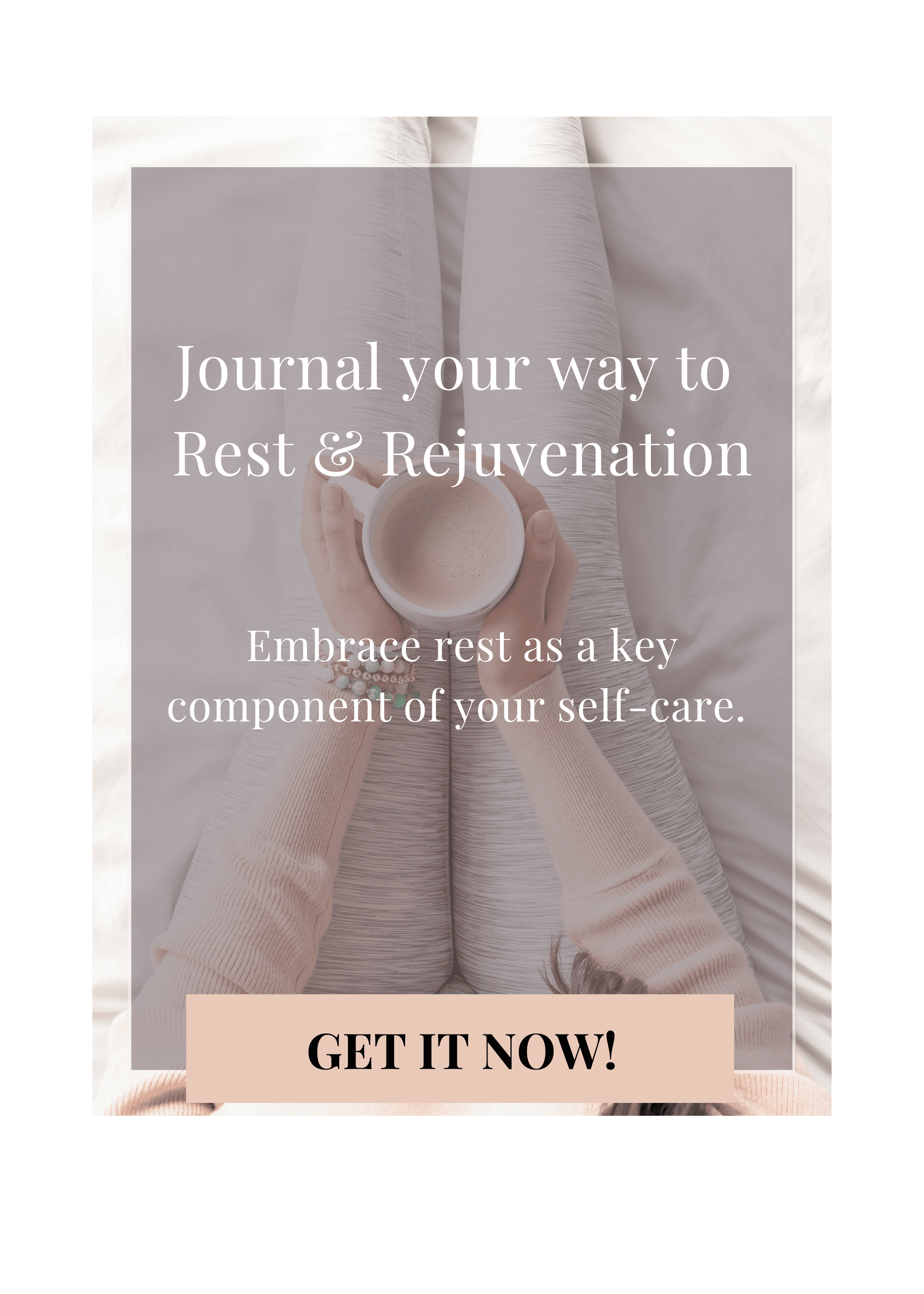If you want to be able to change your mood in a few seconds, you need to get familiar with your breath. Breath work and breathing exercises are amazing tools to lift your mood, relieve depression, and increase your energy level and it’s right at your fingertips.
None of us go through life without, from time to time, experiencing periods where we feel out of balance, down, or just generally paralyzed. Depression, stress, and low energy levels can have a big impact on the choices you make in your daily life, and may well mean that you start withdrawing from social contexts, stop calling your friends, and withdraw into yourself.
Fortunately, however, many of us have good strategies for how we recharge when we feel down. We can spend time reading a good book, listening to music, watching a good movie, exercising, going for a walk, talking to a partner, spouse, or good friend, or writing in our journal, just to name some of the tools we can use.
The intimate yoga tool – breathing.
Using and manipulating your breath plays a great part in yoga. When you practice yoga you work to connect body, mind, and breath. In your daily practice, you work with a specific focus on integrating breath with movement and creating increased awareness of your breathing. A yoga class often begins with focusing on the breath, and through the breath the body is relaxed. You can use the breath to calm and balance you, to strengthen the body and mind connection, to cool or warm the body, always with the aim of promoting and maintaining your overall health.
This aspect of yoga offers a straightforward technique that you can take off the mat and into your daily life, and that can help replenish your energy, lighten your emotional state, and create space for you to face and deal with heavy thoughts and emotions in a more balanced way.
The tool is your breath and
the technique is increased focus and attention on breathing.
Storytime.
Here is a little story to illustrate the value of breath. The importance of our breath is described very tellingly in chapter five of the ancient Indian text “Chandogya Upanishad.” The five senses debate who is the most important. Tongue (speech), eyes (sight), ear (hearing), mind (brain), and nose (breath). To find an answer to the problem, they agree that they will each leave the body for a year, and let the others manage the body for this period of time. After 5 years, when all 5 have returned, one winner will be declared.
One by one they leave the body; tongue, eyes, ears, and mind, and the body must make it through; muteness, blindness, loss of hearing, and a coma-like existence, but life goes on. Then it is the breath’s turn to leave the body for a year. But as the breath leaves the body, the other four immediately beg it to come back, and all of them humbly accept the breath as supreme.
The story of the senses illustrates very well that breathing involves something more than just mechanically moving air in and out of the lungs. The process of breathing sustains life, it helps carry waste products out of the body (CO2) and new energy (oxygen) into the body. All the functions of the body depend on the breath in order to do their work.
Be mindful.
Despite its great importance, our breathing mostly takes place as an undetected background action to other activities and while it is convenient that we do not need to constantly monitor our breathing, this would have unintended consequences. Bad breathing habits undermine breathing efficiency and can cause symptoms such as; low energy levels, shortness of breath, anxiety, fluctuating moods, and poor concentration.
Our energy level is constantly changing and moving, during the day we continuously drain our energy resources and consume both our physical and mental energy. Carrying out a physical activity such as running, dancing, walking, playing ball etc. requires physical energy, and if we; worry, read, or concentrate on a task we are also spending mental energy. Our breathing is affected by all our different activities and changing states of mind, and changes in our breathing likewise affect our body, it goes both ways.
Deep, steady breathing is nourishing and soothing to the body, but when breathing becomes irregular or shallow there is cause for concern. When there is a pause in breathing, or when the normal rhythm of breathing slows, the mind and our nervous system sharpen its attention to find out what is happening. If the pauses become longer or our breathing becomes sluggish and shallow, our instinct will be to try to wake up the breathing and get it going again. We sigh, yawn, or breathe through our mouths to quickly get more oxygen and replenish our energy levels. There are many other small adjustments in the body as a result of a superficial or swallow breathing, most of them happen completely unnoticed, and are the body’s attempt to re-establish balance and energy levels.
Also check out “A step by step guide to Humming breath”
and “Box breathing 4×4 Sama Vritti exercise“
Becoming effective.
The fact that we can change our breathing consciously means that with training and attention, we can become far more effective at managing our energy level than if we completely leave it to the unconscious. We can breathe deeper, more calmly, and regularly, and minimize the breaks to reduce the flight and fight response in the sympathetic nervous system. In other words, through our breathing, we have access to influence and regulate our energy levels, and this access is always available to us when we want to make use of it.
Each breath consists of an exhalation and an inhalation. During exhalation, the lungs are emptied and waste materials are transported away from the body. During inhalation, we draw oxygen and new energy into the body and fill the lungs with it. Thus, each exhalation is a cleansing, and each inhalation nourishing energy.
Within yoga, there are many different breathing exercises and techniques. Each targets different physical and psychological challenges, all with a focus on re-establishing balance and health in the body.
To get a feel for what breathing exercises can contribute, you can try this little exercise.
You might also like “Is your breath holding you back, here’s how you can tell”
Exercise – 5-10 minutes.
Find a quiet place and set aside 5-10 minutes.
You can do this exercise at any time whenever the need arises. You can perform it as often as you like. Start e.g. with once a day at a fixed time and you will be positively surprised by the great effect even 5 – 10 minutes can have. By consciously controlling the breath and paying attention to the breath, you invite health and strength into your body.
Sit freely on the floor in a cross-legged position (Sukhasana pose) if this is not possible then position yourself so that your back rests against a wall, alternatively, find a stable (hard) chair and sit with your back straight.
Close your eyes and focus for a moment on your body. Feel the support from the floor/wall/chair and let your body settle into the pose. Take some time to get as comfortable as possible, to settle down and just arrive in your body. Pay attention to letting go of tension in the body, to relax completely.
Then turn your attention to the breath itself. Relax in the abdomen, along the sides and back of the chest, so that the breath can flow freely and unhindered. Let the sensation of breathing become a very deliberate physical movement; breathe in and create space across the collarbones, let the ribs lift and belly expand, breathe out, and let the belly seek back towards the spine.
Experience the very act of breathing. Feel how each exhalation transports tension, waste, and fatigue away, and then how each inhalation fills you with a sense of new energy and well-being. Let any thoughts that come to you simply drift away and keep your focus on the physical sensation of the breath.
Sit like this for a bit, and then gradually begin to create more awareness around the process of breathing. Instead of passively feeling that the breath is emptying you of waste products and fatigue, choose to make the exhale a deliberate action, choose what you want to release; negativity, darkness, fatigue, or whatever you want to release, and feel it leave your body with the exhale.
There is always a certain degree of fatigue and tension in all of us, which we have the opportunity to release in this way. If you find yourself in a period of low energy, focus on, with each exhalation, releasing all feelings of suffering and pain in your body. Then as you breathe in, you focus on receiving and accepting a wave of fresh new energy from the inhalation. This can be visualized as breathing in a stream of clear light energy or a fresh clear wind.
Sit with a focus on your breathing for anything from a few minutes to 10-15 minutes. When you open your eyes again and return to a natural breathing pattern, you will find that your mind gradually becomes more active again. This increase in activity is a good thing. It is the mind slowly returning after being completely relaxed.
You might also like “The four best books on breathwork”






